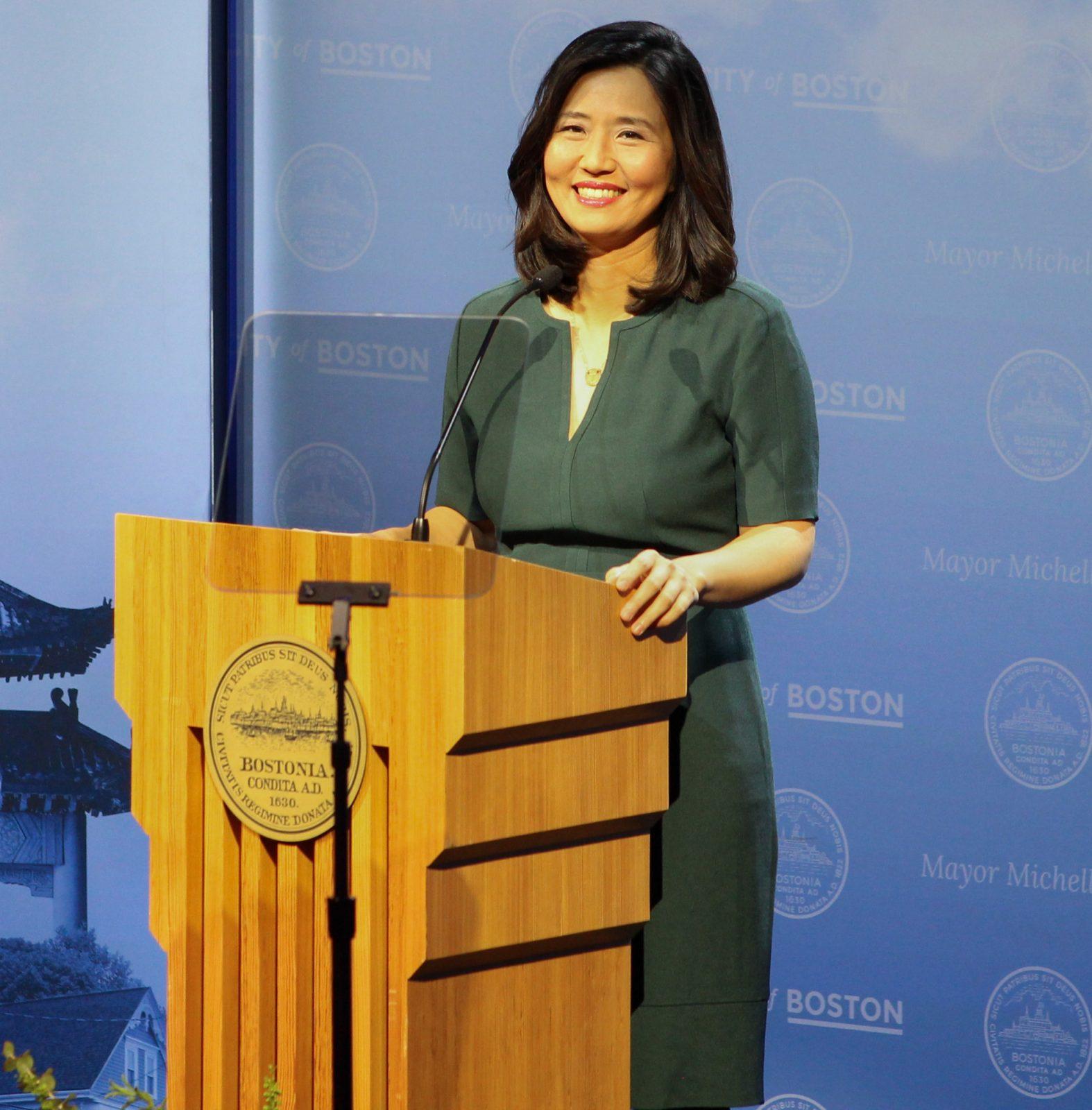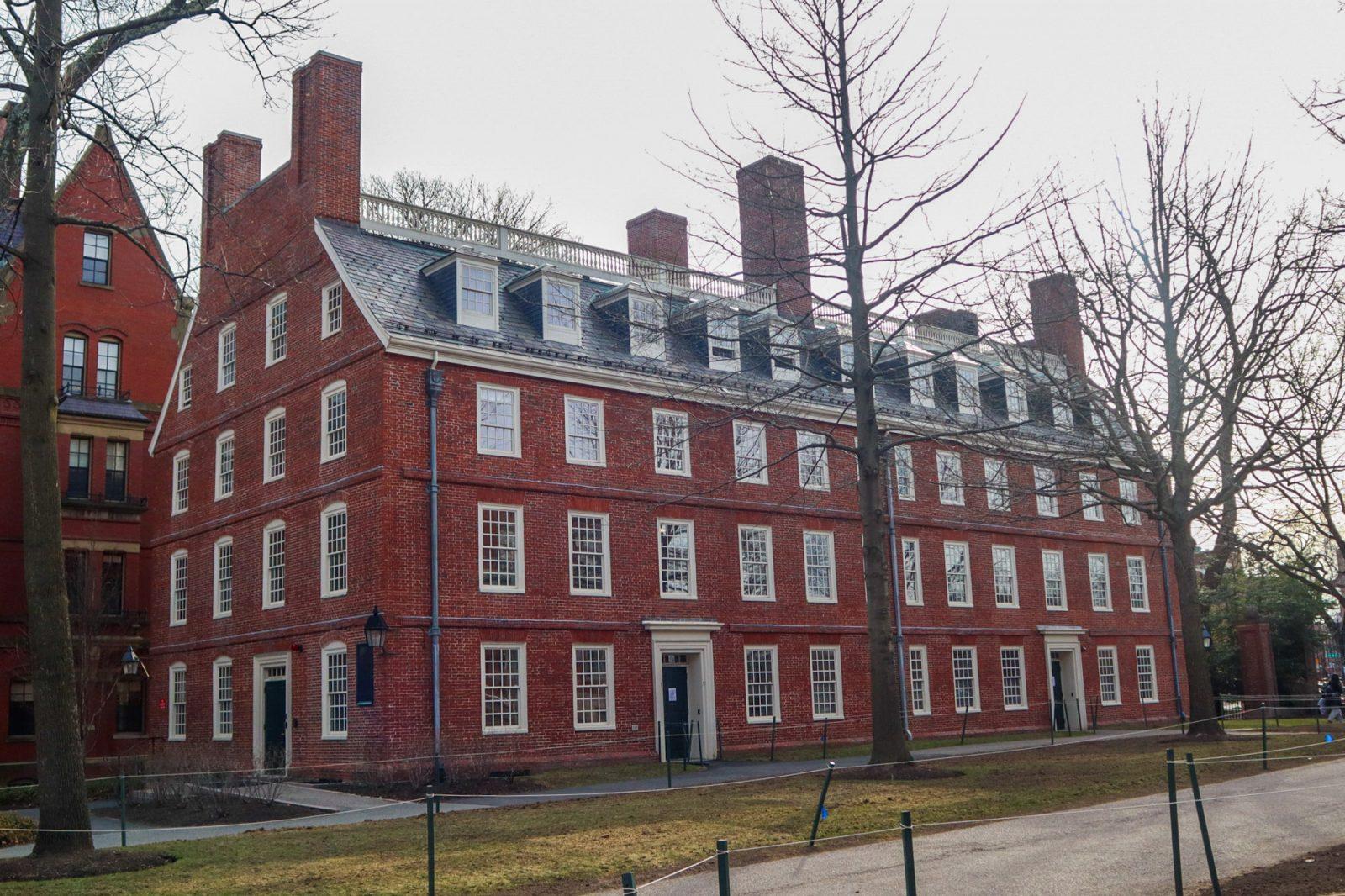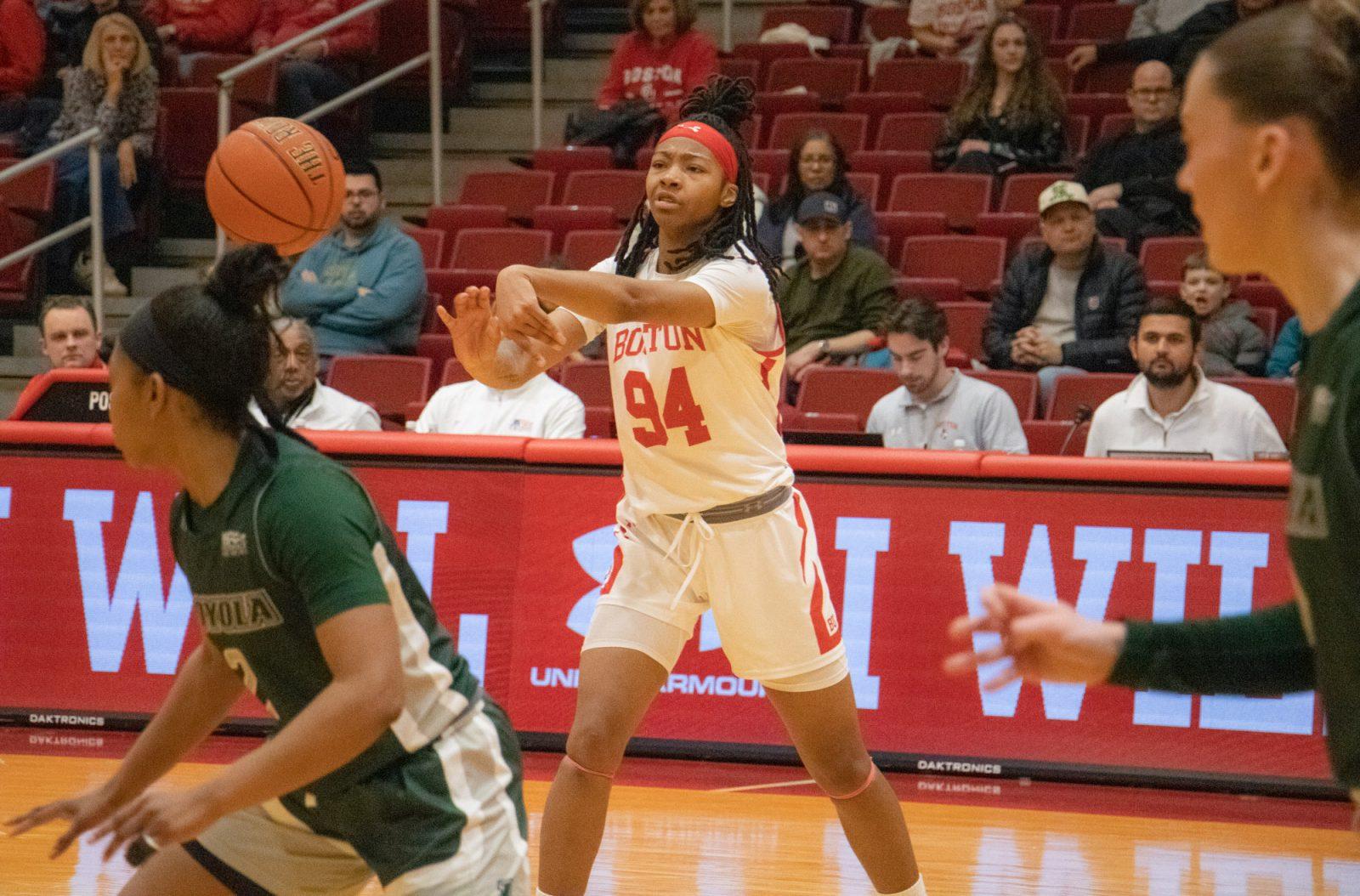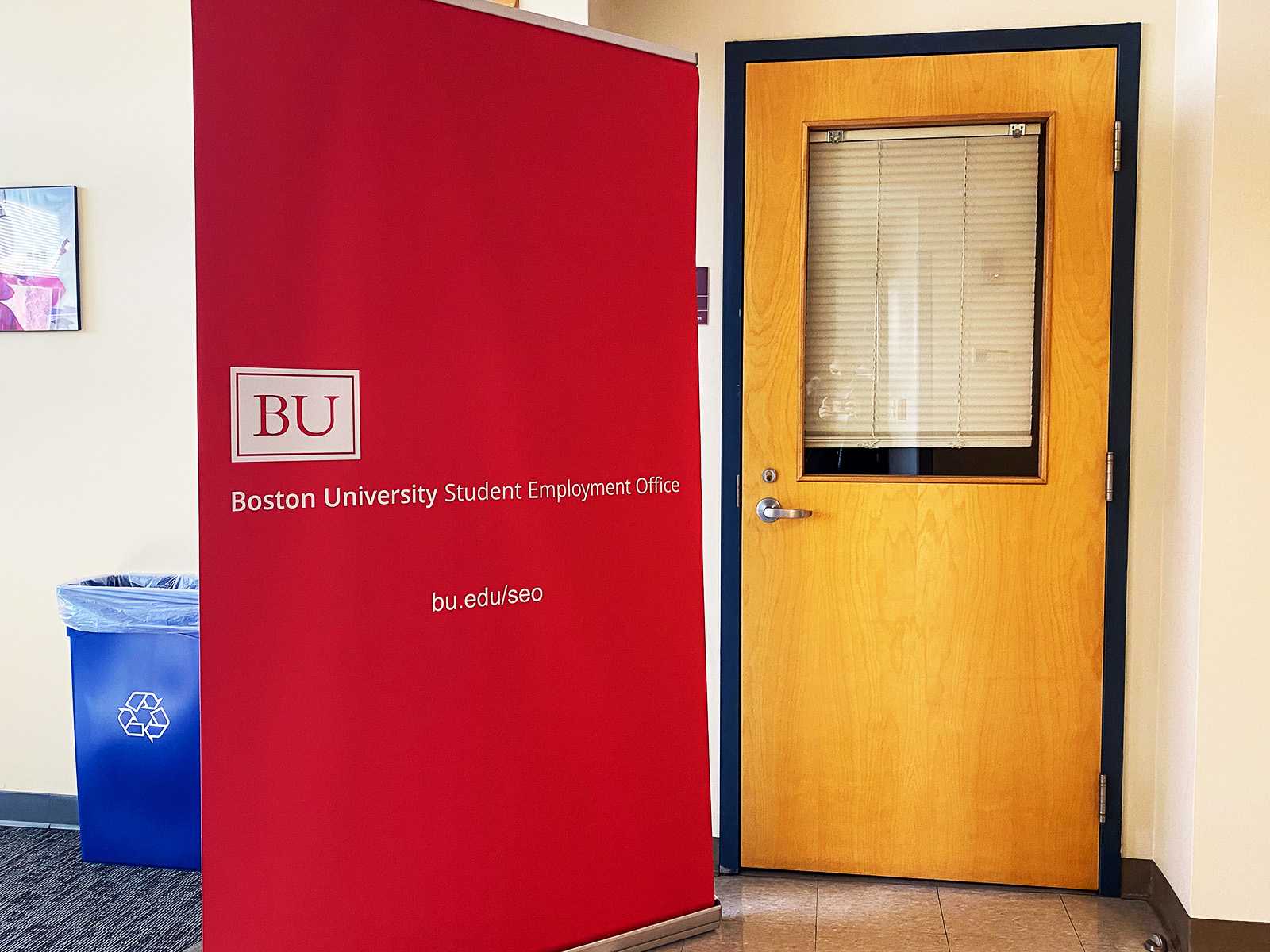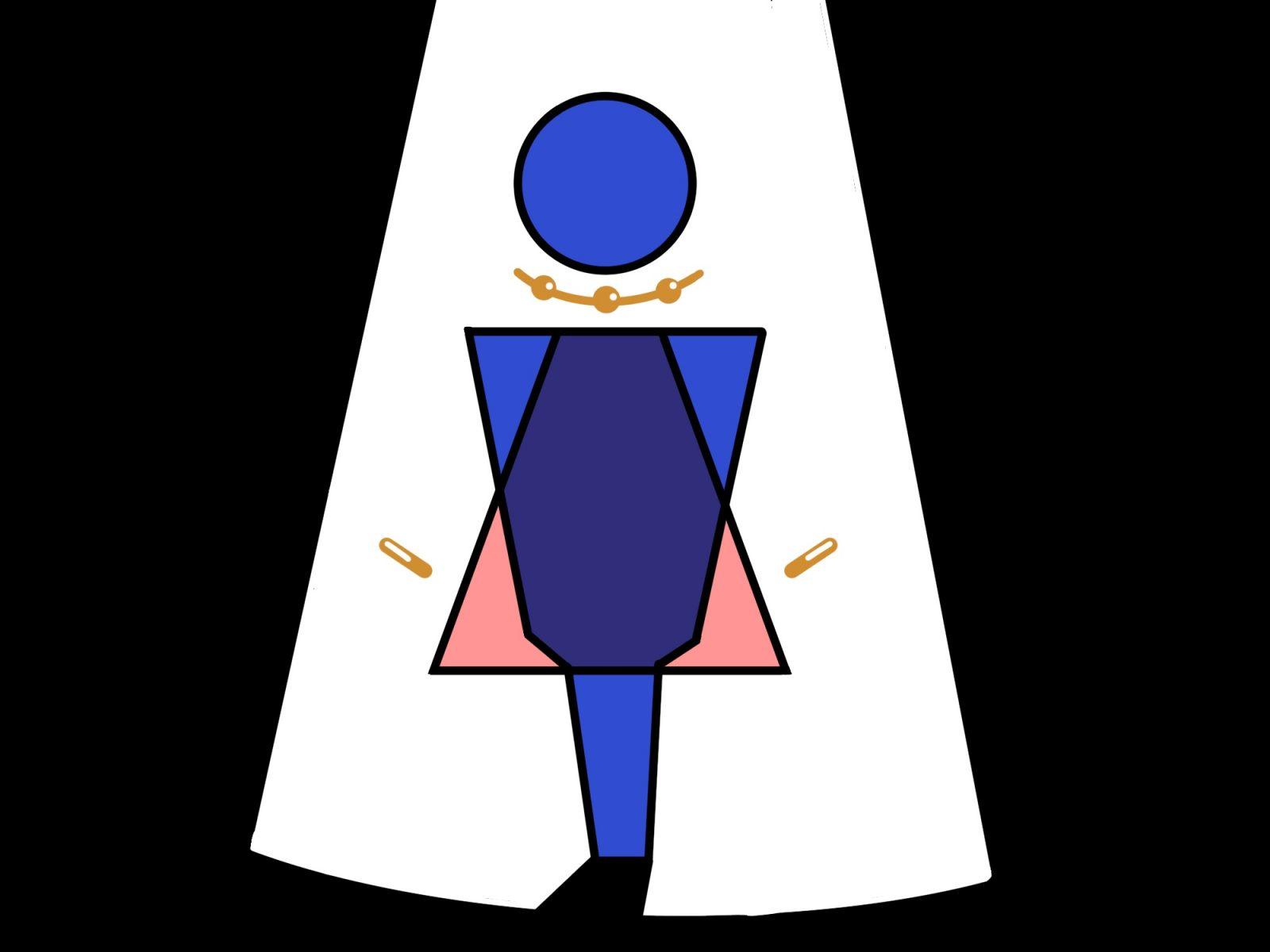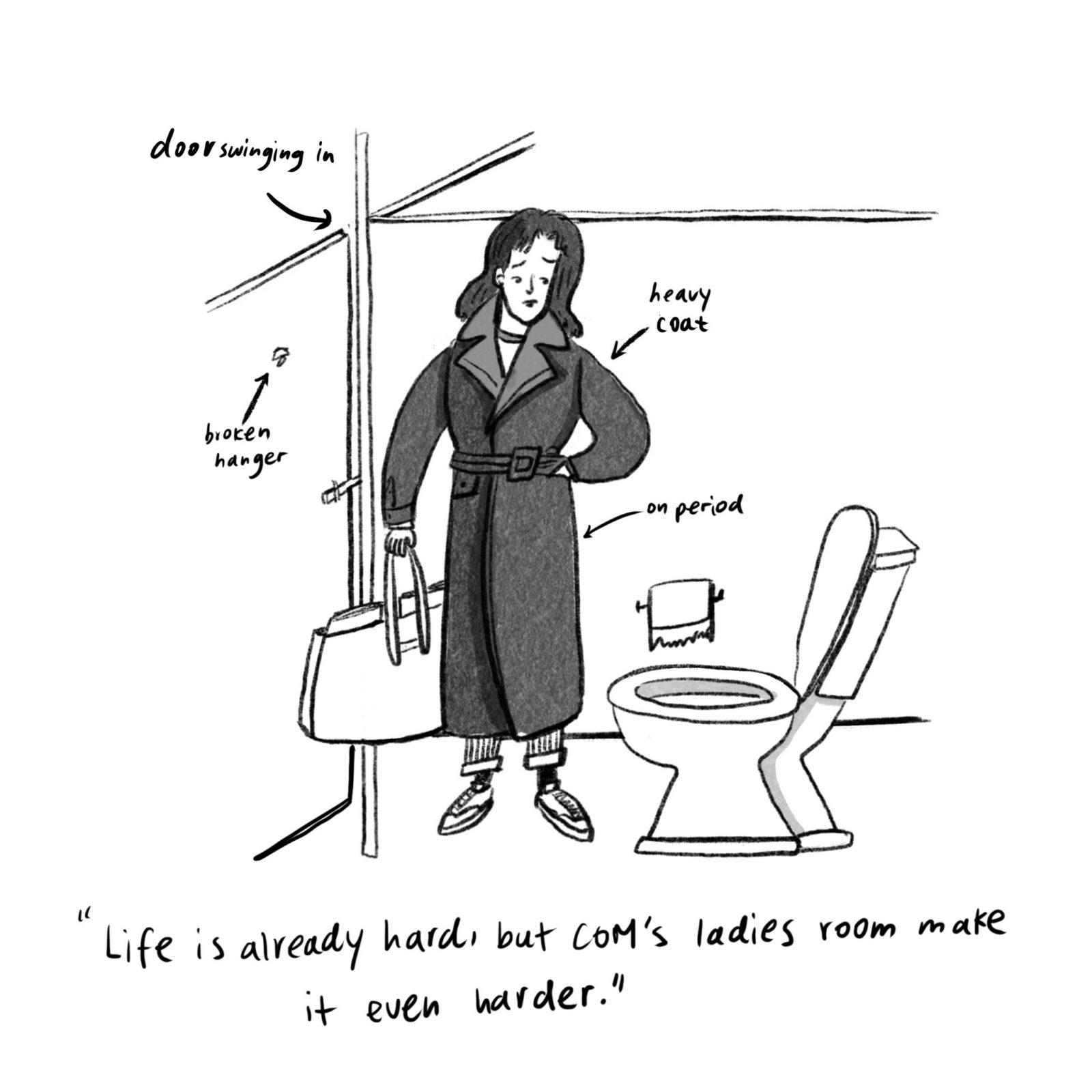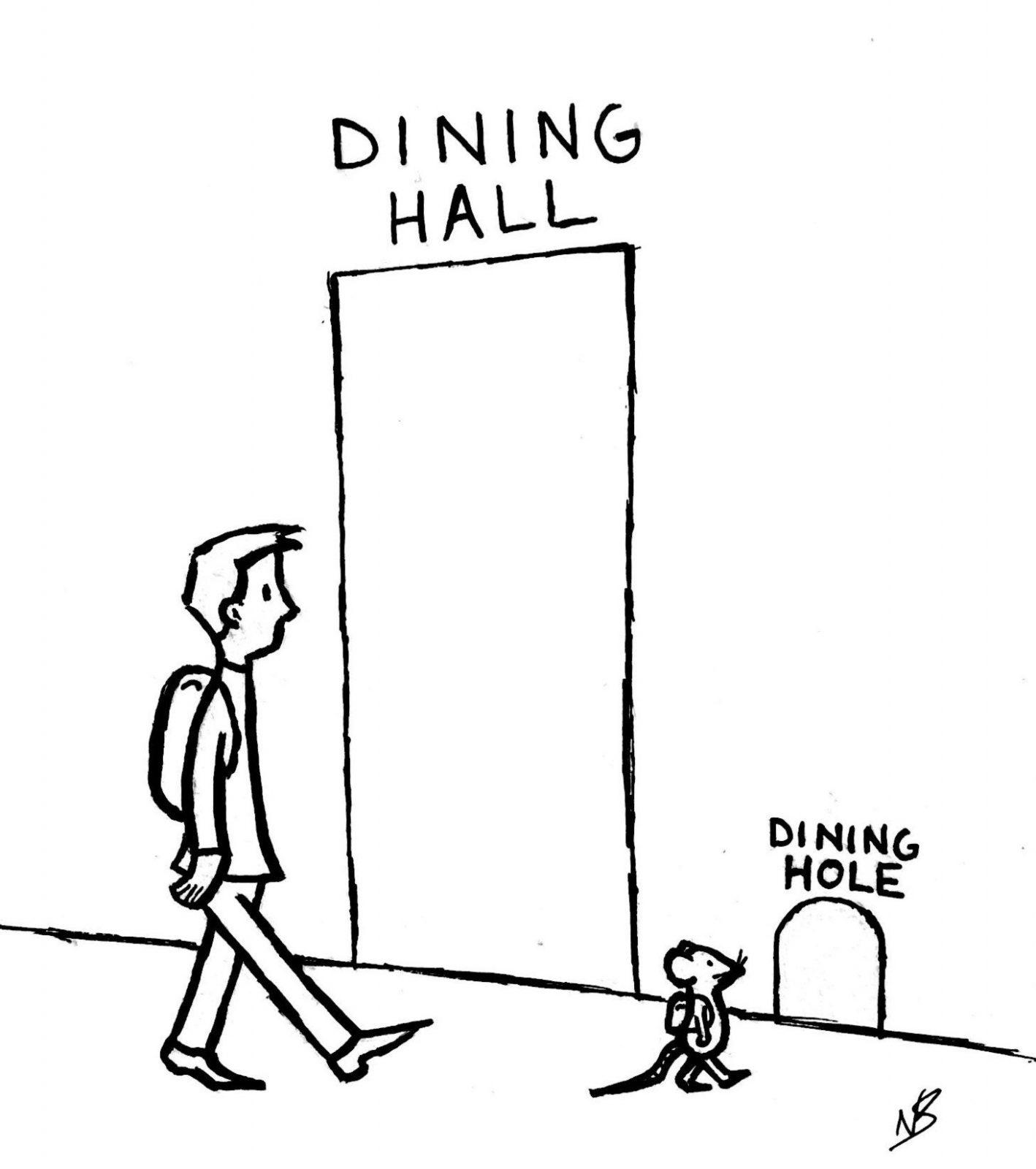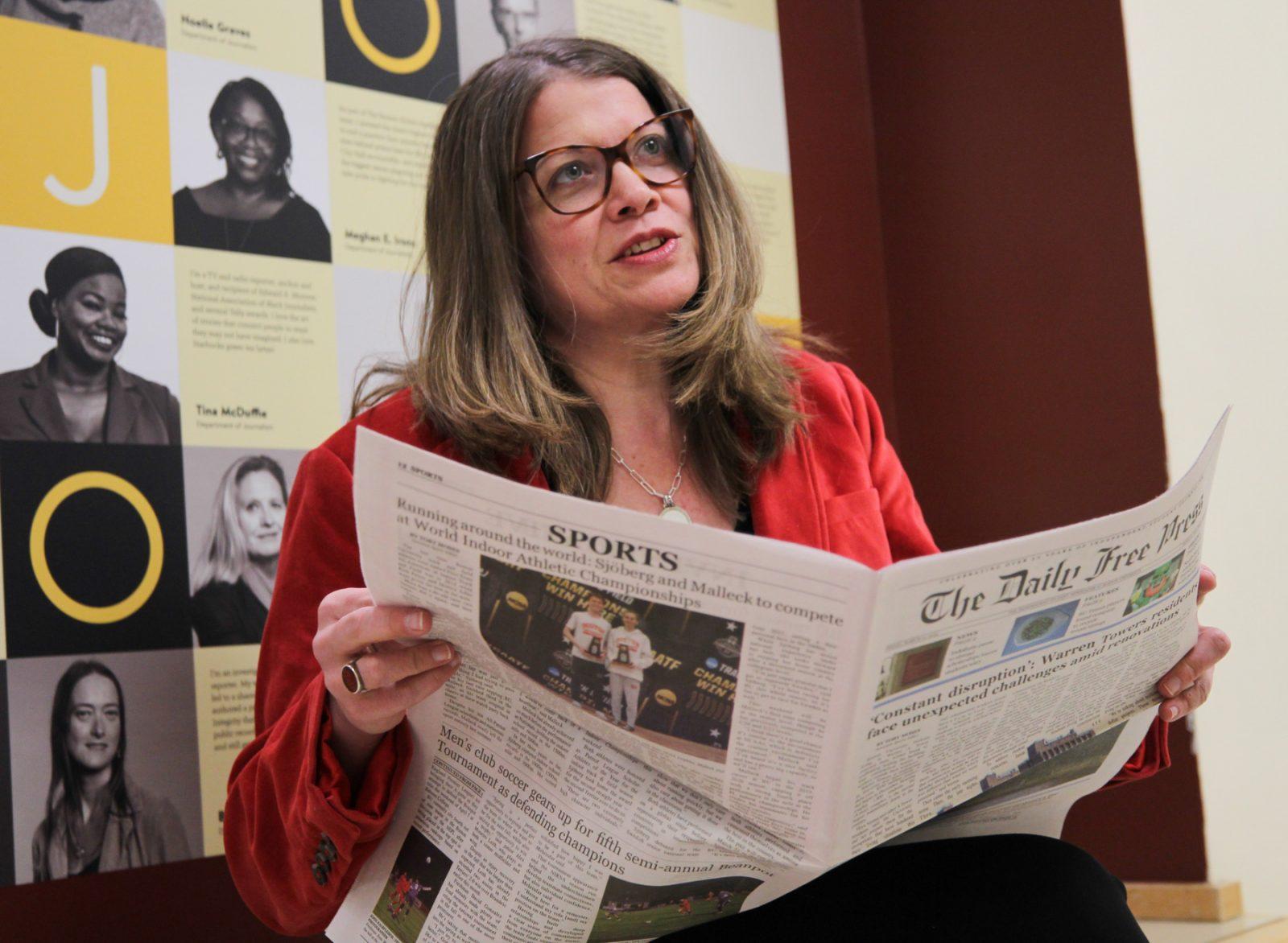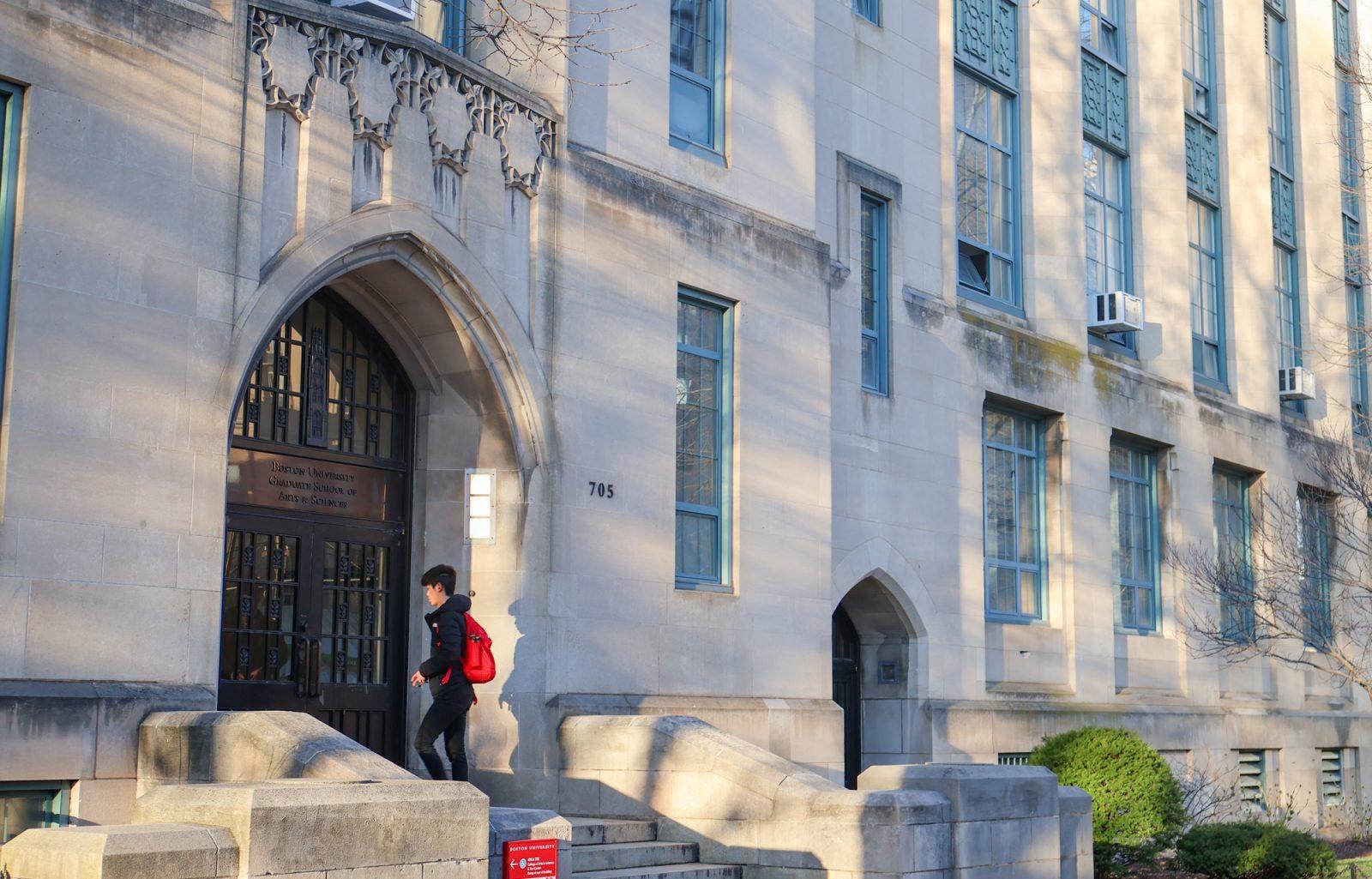Boston University’s jump of 10 places from 51st to 41st in the U.S. News and World Report ranking of national universities is a mark that efforts to develop BU over the past six years, officials said.
In 2007, BU President Robert Brown enacted the “Choosing to Be Great” strategic plan — a comprehensive outline of goals set to help BU grow into a more prestigious and commendable university. The jump in U.S. News and World Report rankings comes as a result of those ongoing efforts, he said.
“What you see is recognition, growing recognition, in a number of different ways of the plan we’ve been executing for the last five or six years about increasing the quality of Boston University,” Brown said in a Tuesday interview with The Daily Free Press. “… You are starting to see what I call the cumulative effect. You’re starting to see the institution gain recognition for who we are today in many different arenas.”
On Tuesday, U.S. News and World Report released its 2014 edition of the National University Rankings with BU placed 41st — the first time it has been within the top 50.
“If you pick up the magazine, there’s page one, there’s the top 50 institutions and then there are the others,” Brown said. “This puts us, for the first time in our history, on page one, and solidly on page one at 41, so it’s a really great recognition for what we’re doing.”
In October, BU joined the Association of American Universities, an invitation-only organization of 62 top research institutions in the U.S. and Canada. The same month, BU graduates were ranked the 17th most employable graduates internationally in a survey of employers in 20 countries published in The New York Times.
BU received 20 percent more applications for the 2013-14 academic year than it did for the 2012-13 academic year.
Despite several milestones reached in the past year, Brown said the rankings increase is likely due to longer-term projects, most of which are part of the strategic plan.
“I don’t know that anything dramatic happened in the last year,” he said. “I think of this as something that it just builds over time.”
Brown said the development efforts have been concentrated into four main categories. The first category is the expansion and growth in quality of faculty, particularly in the College of Arts and Sciences and the School of Management. The second category is related to what Brown described as “student success,” demonstrated by the completion of the Center for Student Services at 100 Bay State Road, which opened in September 2012.
Similarly, the third category of focus has been on the “student experience,” as the incoming freshman class size has decreased by about 500 students since 2007, Brown said.
“[It] means a lot when you think about it relative to integrating the freshman into the university,” he said. “It means a lot relative to how the housing system works and housing choices. It’s a lot fewer people that have to be advised, a lot fewer people to take up time for the faculty and the staff. It’s more time to work with the students that are here.”
The fourth area into which efforts have been directed is expanding BU into a renowned research institution — something that was highlighted by BU’s admittance to the AAU.
“We really focus on hiring what I would call world quality faculty in our schools and colleges that are doing research and scholarship that has prominence in their field, and that results in raising the reputation of the institution,” Brown said. “You can see that in some metrics in terms of publications and citations, you can see it in research dollars where people get external dollars for support.”
Senior Vice President for Development and Alumni Relations Scott Nichols said it is likely that BU will continue to rise in the rankings.
“While this is possibly the most dramatic jump in recent years, it is an accumulation of improvement in almost every category,” he said in an email. “… Interestingly, since the rankings are primarily based on 2012 data, they does not take into account some record achievements of BU in 2013. We may see improvements next year as well.”
Brown said over the next five years, he hopes to see BU being ranked equal to or above certain peer institutions including New York University, George Washington University, Northwestern University and the University of Southern California.
“These are large, comprehensive research institutions … and these are the institutions that we compete completely with for students,” he said. “… What you’re seeing by this jump in the ranking is we’re getting closer to being ranked the same as some of those institutions.”




